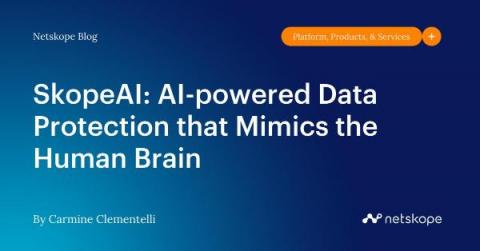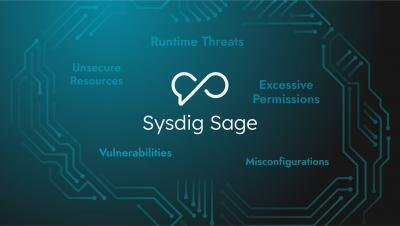Security | Threat Detection | Cyberattacks | DevSecOps | Compliance
AI
The Power of Generative AI
Generative AI is the big trending topic right now, and understandably is featuring prominently in the news. The popularity of platforms such as Open AI’s ChatGPT, which set a record for the fastest-growing user base by reaching 100 million monthly active users just two months after launching is unquestionably on the minds of businesses globally.
Impact of Generative AI on Identity Proofing
Generative AI, the transformative technology causing a stir in the global tech sphere, is akin to an enthralling narrative with its charming allure and consequential dark underbelly. Its most notable impact is forecasted in the realm of identity proofing, creating ripples of change that demand our immediate attention.
SkopeAI: AI-powered Data Protection that Mimics the Human Brain
In the modern, cloud-first era, traditional data protection technology approaches struggle to keep up. Data is rapidly growing in volume, variety, and velocity. It is becoming more and more unstructured, and therefore, harder to detect, and consequently, to protect.
Rising Cybercrime: How Cyber Attackers Utilize Grammarly & Chat GPT
More than an Assistant - A New Architecture for GenAI in Cloud Security
There is no question that cybersecurity is on the brink of an AI revolution. The cloud security industry, for example, with its complexity and chronic talent shortage, has the potential to be radically impacted by AI. Yet the exact nature of this revolution remains uncertain, largely because the AI-based future of cybersecurity is still being invented, step by step.
Cloud Security Meets GenAI: Introducing Sysdig Sage
WormGPT: Cybercriminals' Latest AI Tool
The New Era of AI-Powered Application Security. Part Three: How Can Application Security Cope With The Challenges Posed by AI?
This is the third part of a blog series on AI-powered application security. Following the first two parts that presented concerns associated with AI technology, this part covers suggested approaches to cope with AI concerns and challenges. In my previous blog posts, I presented major implications of AI use on application security, and examined why a new approach to application security may be required to cope with these challenges.
Artificial Intelligence Governance Professional Certification - AIGP
For anyone who follows industry trends and related news I am certain you have been absolutely inundated by the torrent of articles and headlines about ChatGPT, Google’s Bard, and AI in general. Let me apologize up front for adding yet another article to the pile. I promise this one is worth a read, especially for anyone looking for ways to safely, securely, and ethically begin introducing AI to their business.











